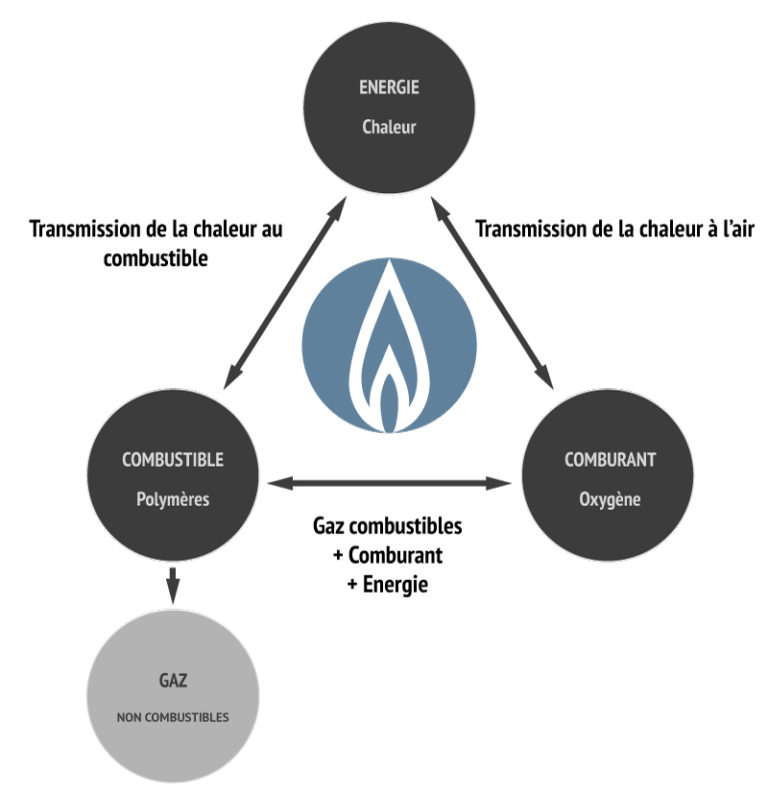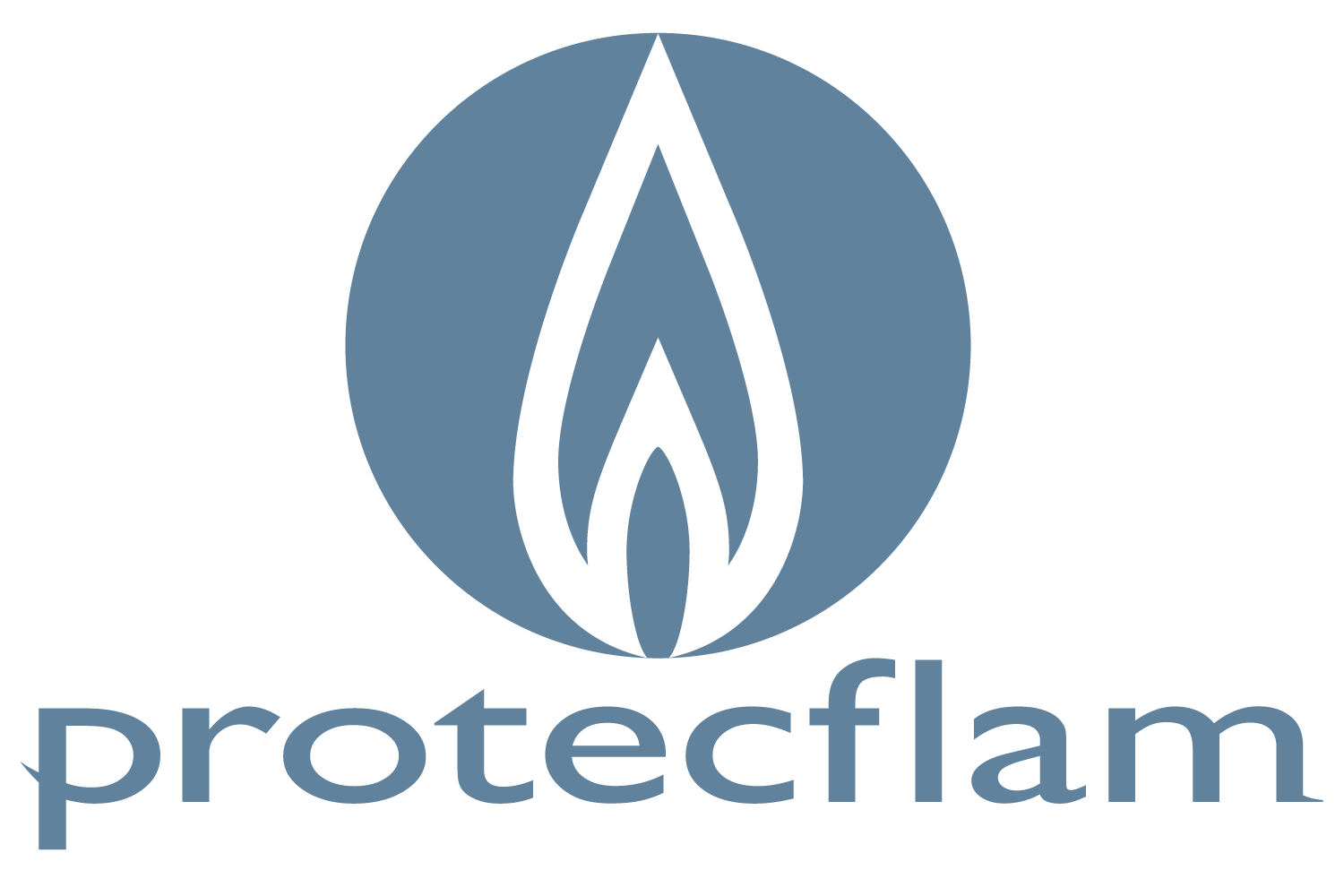Fire Passive Protection
Understanding fire for safety first
What is fire ?
Fire is the production of a flame and the visible degradation of a body by a redox chemical reaction called combustion. Generally speaking, the term “fire” often designates a phenomenon producing light and heat, whether it comes from combustion or not.

Evaluating the risk
Fire risk is everywhere! Any combustible material is liable to spread a fire. To prevent it from spreading, and to delay the time of inflammation, there are several fireproofing techniques. Otherwise, materials specifically fireproofed during manufacture can also be used to limit the fire risk.
Which materials are concerned ?
All materials are affected by fire. Combustible materials (based on plant or animal matrices – all organic) burn and spread the fire. They also lose their physical characteristics during this degradation. Both reaction and fire resistance can be improved in some cases. Changing fire behavior can be done during production, after production or even once in a situation.
Incombustible materials are also affected by the loss of their physical characteristics, in particular their mechanical strength which can drop dramatically (like the flow of metals causing collapse). In these cases external protections are possible to strongly change the fire behavior of metals or concrete.
What is Passive protection ?
While active protection is mainly curative, aimed at rescuing people and putting out a fire as quickly as possible after detection, passive protection against fire in buildings is essentially preventive. It represents all of the constructive measures enabling a structure or part of a structure to resist a fire for a predetermined time fixed by the building regulations in force for the type of building concerned and to limit its appearance and its spread in order to allow evacuation.
In which case ?
Passive fire protection is mainly found in the construction sectors (collective dwellings, establishments open to the public, workers, etc.), maritime, rail, air and road transport, industry (packaging, containments, etc.) and the layout (furniture, decor for shows, salons, etc.)
People protection
The main purpose of passive fire protection is the protection of people in order to allow their evacuation: to limit the ignition and propagation of flames, but also to reduce the risks linked to smoke, both in terms of opacity and toxicity.
